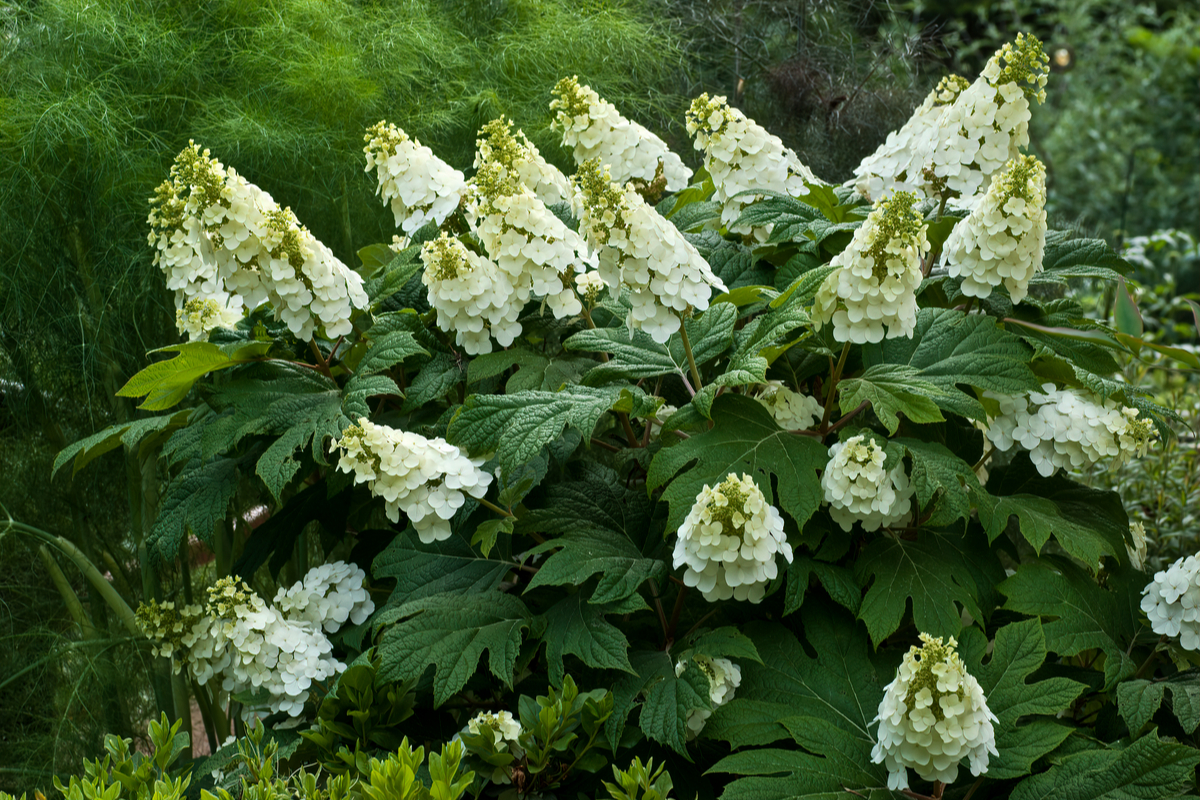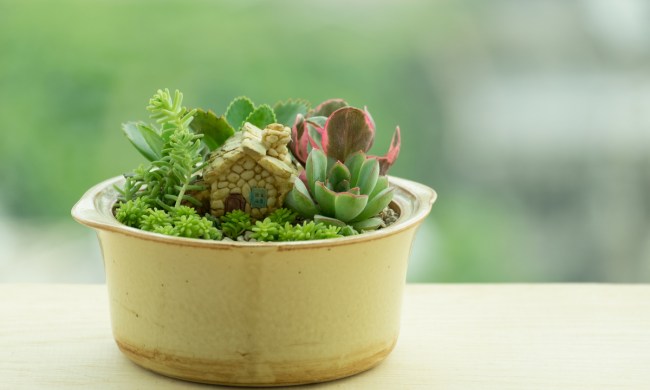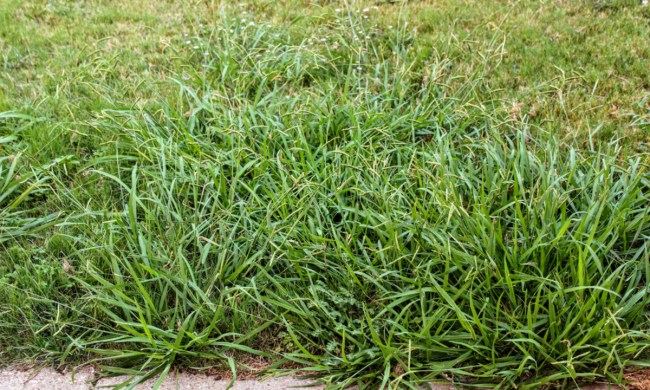Gardens can take many forms and include a wide variety of plants. There’s foliage, vegetables, flowers, trees, and shrubs. Shrubs are an interesting middle ground. They aren’t as big as trees, but they’re still a lot bigger than most other plants. When planting and caring for shrubs, do you treat them more like a tree or more like a flower? Here are the answers to all your shrub-centric questions.
Choosing your shrubs
There is a shrub for every environment, no matter what your yard is like. If the sheer volume of shrubs is a little overwhelming, don’t worry! Here some factors you can use to narrow your search.
First, consider what kind of lighting your yard gets. It’s helpful to know what area you’d like to plant your shrub in, so you should know the specific lighting situation, but, if you aren’t certain, look for shrubs that like a mix of shade and sun.
What is the weather like where you live? There are shrubs for the heat and the cold, for droughts and for heavy rain, so don’t despair if you live somewhere extreme. You can base your search off your USDA Hardiness Zone or do a more general search.

Next, consider the soil in your garden. Is it loamy and sandy, or rich and earthy, or maybe clay? This impacts how well your soil drains, but also how much nutritional value is naturally in your soil. Richer, earthier soil is usually more nutrient-dense than sandy soil. If you aren’t sure about the nutrients in your soil, you can get it tested. Working a little compost into your soil can also help.
If you’re looking for shrubs that are very easy to take care of, look for oakleaf hydrangea or weigela shrubs! These are both low-maintenance, easy-to-care-for shrubs with stunning flowers. Oakleaf hydrangea is a breeze to care for, especially compared to other hydrangeas. Just plant it somewhere with a little sun and watch it go! Weigela is a shrub with a truly copious amount of pink flowers, making it an easy way to brighten your landscape.
Getting your shrub in the ground
There are two methods of growing a shrub. You can grow them from seed or get a sapling from a nursery. Growing a shrub from seed takes a long time, but is otherwise not terribly hard. You may be more limited in terms of the variety of shrub, depending on what is offered. Always check for variety-specific growing instructions, but in general just plant the seed a few inches underground, water it deeply, and make sure it’s getting plenty of light.
Growing a shrub from a sapling doesn’t take nearly as long, but it does have a few more steps. First, take the sapling out of whatever container it came in. You’ll want to loosen it up first, and be gentle to avoid damaging the plant. Then, gently tease the roots apart. Unraveling and loosening the roots is a crucial step, or else you may end up with a rootbound shrub!
Next, your shrub goes into the ground. Now, the hole it goes into depends on how big your shrub is. You want a hole that is twice as wide as the root ball and as deep as the root ball. This provides stability and gives the roots enough loose soil to easily move through.

Common problems with shrubs and how to avoid them
Most common problems with shrubs come from human error. Planting a shrub in the wrong environment, where it isn’t getting enough light or is too hot or cold, is one thing that can create problems. If your shrub is getting too much or not enough water, that can also cause a lot of problems. A rootbound shrub, with shallow roots or roots all tangled up in each other, will also suffer.
In general, look for sudden changes in your shrub. Are the leaves suddenly turning yellow, or perhaps they have white, powdery mildew on them? Have you noticed leaves dropping off or branches dying out of season? Carefully inspect your shrub and check to make sure it has the right amount of what it needs.
Shrubs are a delightful way to break up space. There are shrubs for every occasion, making it easy to find one that’s a good fit for you. Now you know how to make sure shrubs will flourish in your yard or garden!



